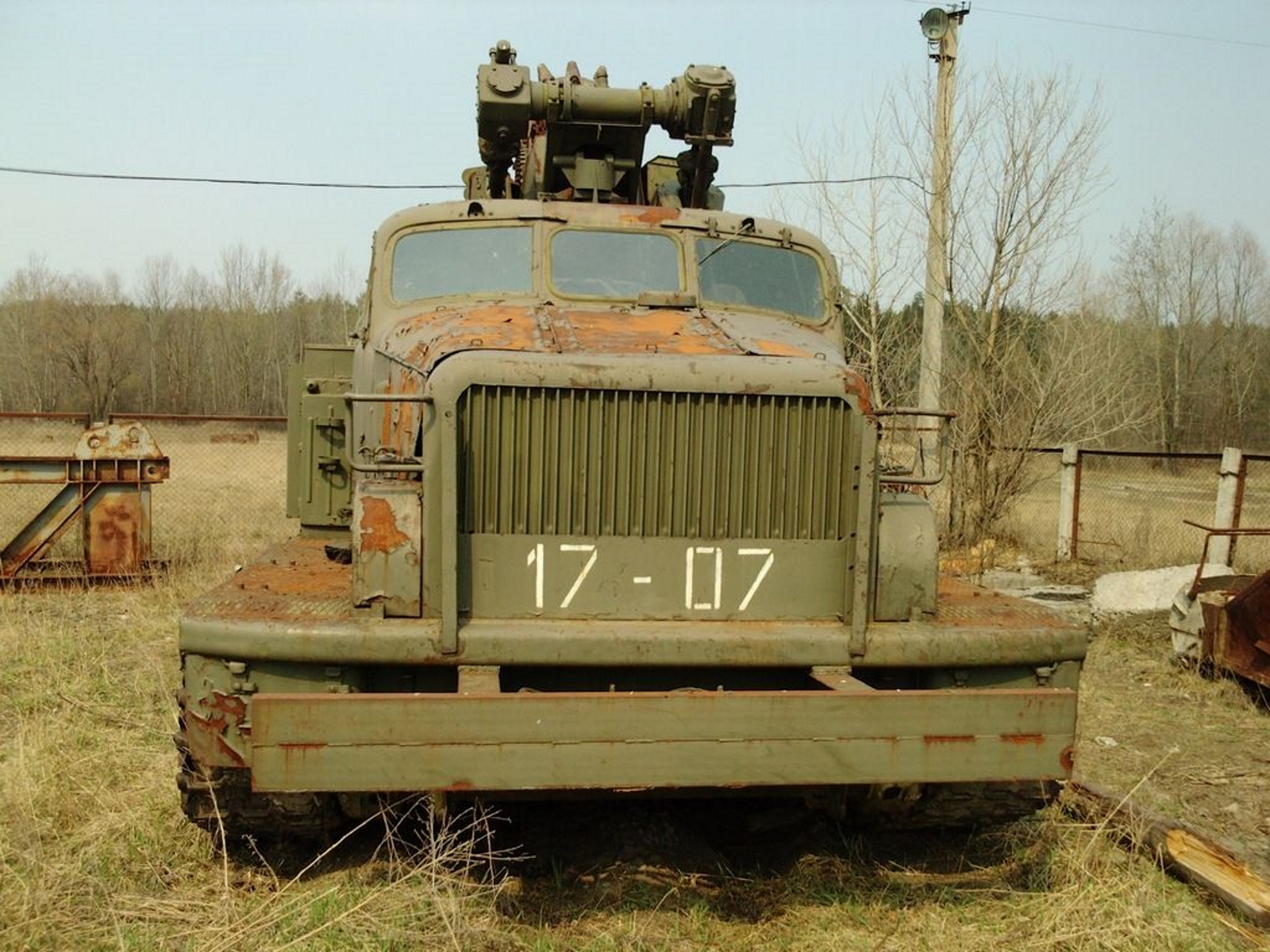
BTM-3 | |
|---|---|
| Riik | Nõukogude Liit |
| Rolli | Sõjaväe kaevikumasin |
| Kavandatud | Teadmata |
2007 BTM-3 (vene keeles БТМ-Bisztrohodnaja transejnaja Быстроходная траншейная машина/masin, ungari: mõistlik árokoló masin), toodetud Nõukogude Liidu sõjaväe kaevikumasinas. Mitte rohkem kui 1,5 m sügavus ja vastutus 1,1 m laiused (märgid) kaevikute kiire kaevamine. Kivine pinnas ei kehtinud.
Allikas: BTM-3 Wikis
| BTM-3 jalutage ringi | |
|---|---|
| Fotograafid | Teadmata |
| Lokaliseerimine | Teadmata |
| Fotod | 29 |
Vaata ka:
2007 BTM-3 is a post-war Soviet military excavator. The first prototypes of the vehicle appeared in the late 1950s, and serial production began around 1960. The vehicle is powered by a single 415 hp A-401 diesel engine.
The BTM-3 was developed as a highly specialized excavator designed to create military trenches or trenches for cables or pipes in unfrozen soil. Its design was based on the ATT-409 tractor, from which many components were taken, primarily the engine and chassis.
The BTM-3 is a heavily armored vehicle, capable of withstanding small arms fire and artillery shell fragments. It has a crew of two, who are seated in a compartment at the front of the vehicle. The digging arm is located at the rear of the vehicle and can be raised and lowered hydraulically. The arm is equipped with a bucket that can dig trenches up to 1.3 meters (4.3 ft) deep and 1.1 meters (3.6 ft) wide. The BTM-3 can dig at a speed of up to 400 meters (1,300 ft) per hour.
The BTM-3 was used extensively by the Soviet Army during the Cold War, and it remains in service with the Russian military today. It has also been exported to a number of other countries, including Bulgaria, Czechoslovakia, and East Germany.
Vaatamisi: 3605

